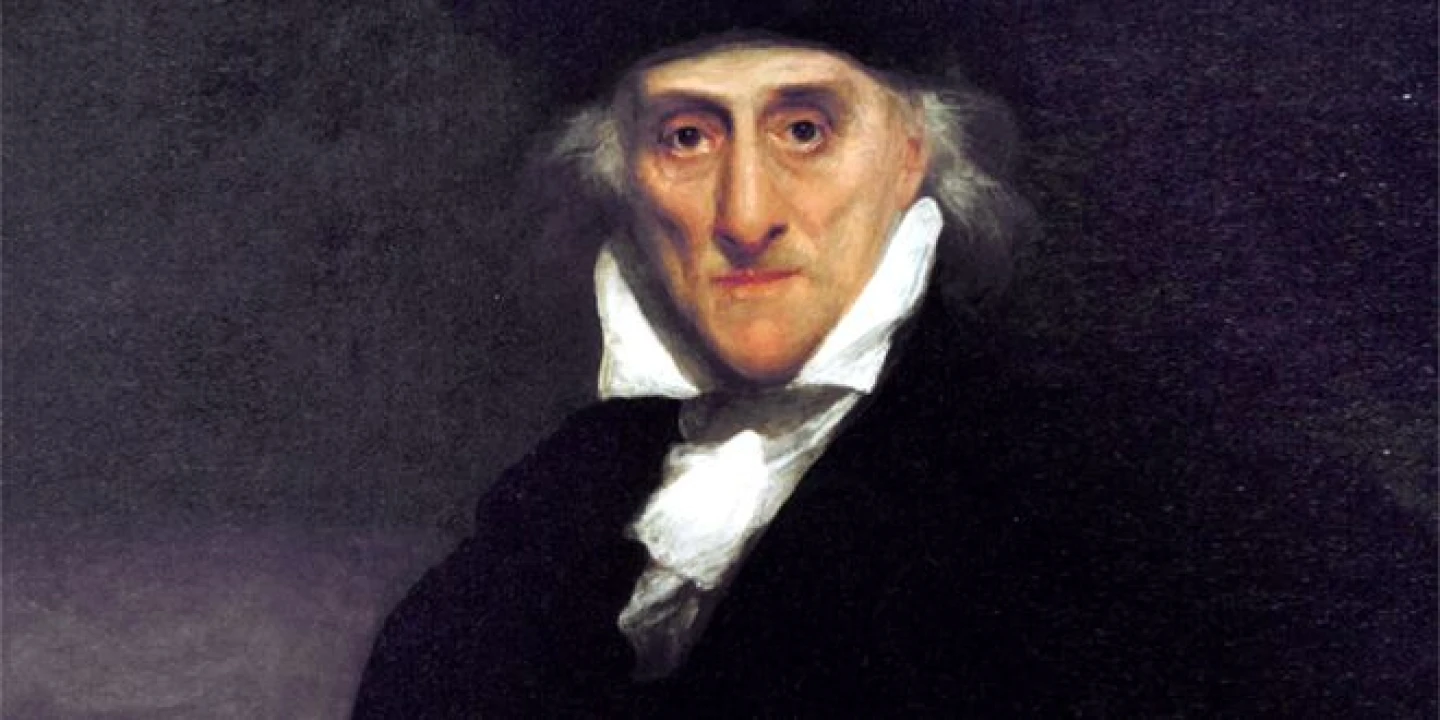In a cemetery on the outskirts of New York City, a Jewish city council member, Italian-American dignitaries and history buffs honored a contemporary of Mozart. The gathering of such a diverse group of people and the twist of the story that ended in this old New York City cemetery on October 20, 1987 mirrored the various turns in the life of the honoree – Lorenzo Da Ponte.
Da Ponte And Mozart
Da Ponte (1749-1838), who was born Emanuele Conegliano, wrote the text, or libretto, for Mozart's Marriage of Figaro, Don Giovanni and Cosi Fan Tutte. He was not mentioned in the play or movie Amadeus, but his librettos and connections were keys to Mozart's success. After all, Da Ponte had the confidence of Emperor Joseph II of Austria, which Mozart did not enjoy.
A Venetian Jew who converted to Catholicism and took the name of the monsignor who baptized him, Da Ponte later became a priest and then a libertine and a married man. A court poet in Europe, he wandered throughout the continent after the emperor's death.
Contributions In America
Da Ponte arrived in the U.S. during 1805. He was 56 at the time and he carried significant debt. That status would remain constant for the rest of his life as he tried to make a living in America at a number of jobs, including that of a grocer.
Da Ponte lived in Manhattan for most of his remaining years. The city at that time was concentrated on the lower quarter of the island. He tutored students in Italian poetry, music and painting. He became the first professor of Italian literature at Columbia University. He welcomed the first Italian opera company to the U.S., built a short-lived opera house and is credited with playing a major role in introducing Italian opera to America.
Before his death at the age of 89 on August 1, 1838, Da Ponte complained that "I, the poet of Joseph II, the author of 36 dramas, the inspiration of Salieri, of Weigl, of Martini, of Winter and Mozart! After 27 years of hard labor, I have no longer a pupil! Nearly 90 years old, I have no more bread in America!"
Final Resting Place
The exact spot where Da Ponte is buried is not known. He died at 91 Spring Street and was laid to rest in an unmarked grave at a Catholic cemetery on what is now 11th Street between First Avenue and Avenue A. The cemetery was considered outside the city during Da Ponte's time. The expansion of the city eventually obliterated the site.
A local historian found remnants of the cemetery during the early 1980s. In a garage, he discovered headstones that had marked some of the graves at the site. He learned that all the remains had been removed to Calvary Cemetery in the borough of Queens during 1909.
Finally, on October 20, 1987, almost 150 years after his death, a group of people gathered at the cemetery, one of the oldest and most crowded burial fields in New York City, to acknowledge the life and contributions of Lorenzo Da Ponte. According to an account in The New York Times, a four-foot granite monument was placed in Section 4B on a flat and grassy plot to honor the artist who lived royally for some of his life but who was poor when he died.
Learn more about the life of this Italian artist by reading Lorenzo Da Ponte: The Life and Times of Mozart's Librettist by Sheila Hodges and published during 2002.
by Mike Virgintino / Examiner.com



